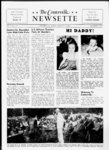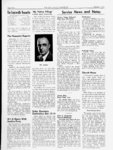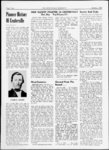Centerville Newsette | 1945-10-01 | Page 3
| Type | issue |
| Date | 1945-10-01 |
| Paper | Centerville Newsette |
| Language | eng |
| City | Centerville |
| County | Davis |
| Rights | No Copyright - United States (NoC-US) |
| Publisher | Digitized by J. Willard Marriott Library, University of Utah |
| ARK | ark:/87278/s6hj1rks |
| Reference URL | https://newspapers.lib.utah.edu/ark:/87278/s6hj1rks |
Page Metadata
| Type | page |
| Date | 1945-10-01 |
| Paper | Centerville Newsette |
| Language | eng |
| City | Centerville |
| County | Davis |
| Page | 3 |
| Reference URL | https://newspapers.lib.utah.edu/ark:/87278/s6hj1rks/27114608 |






